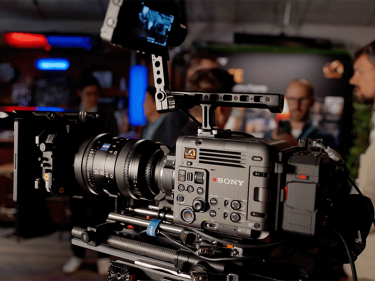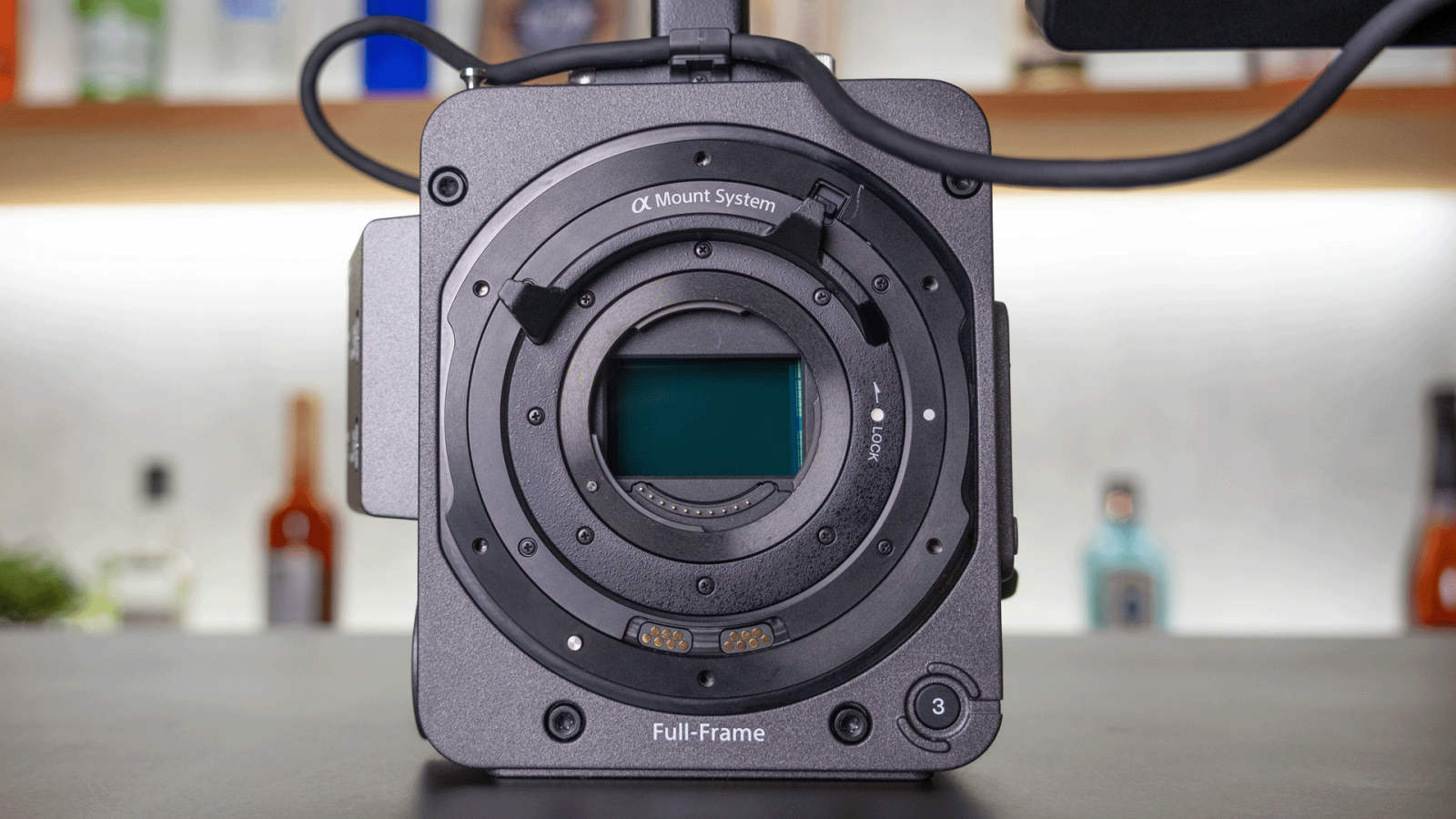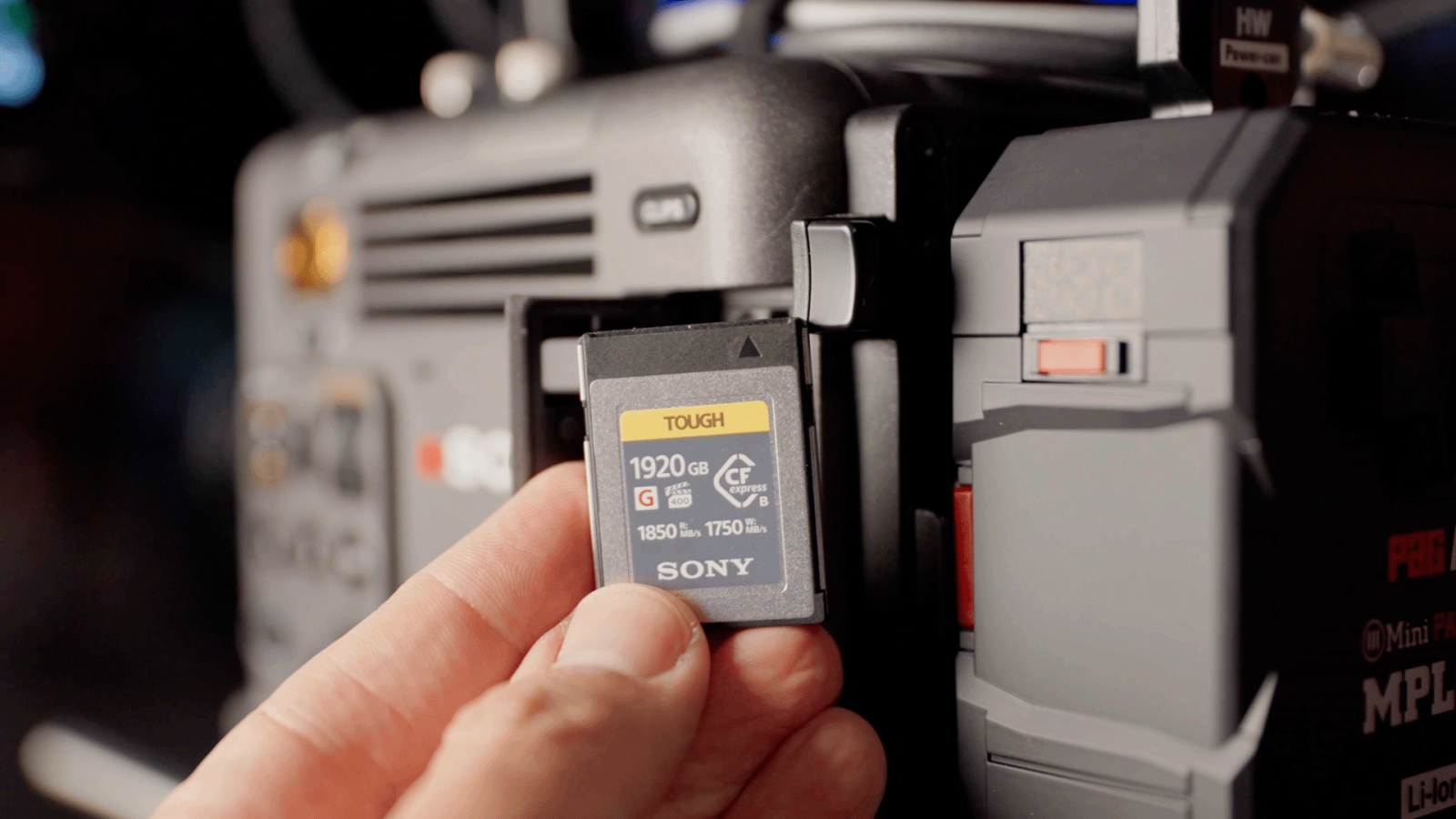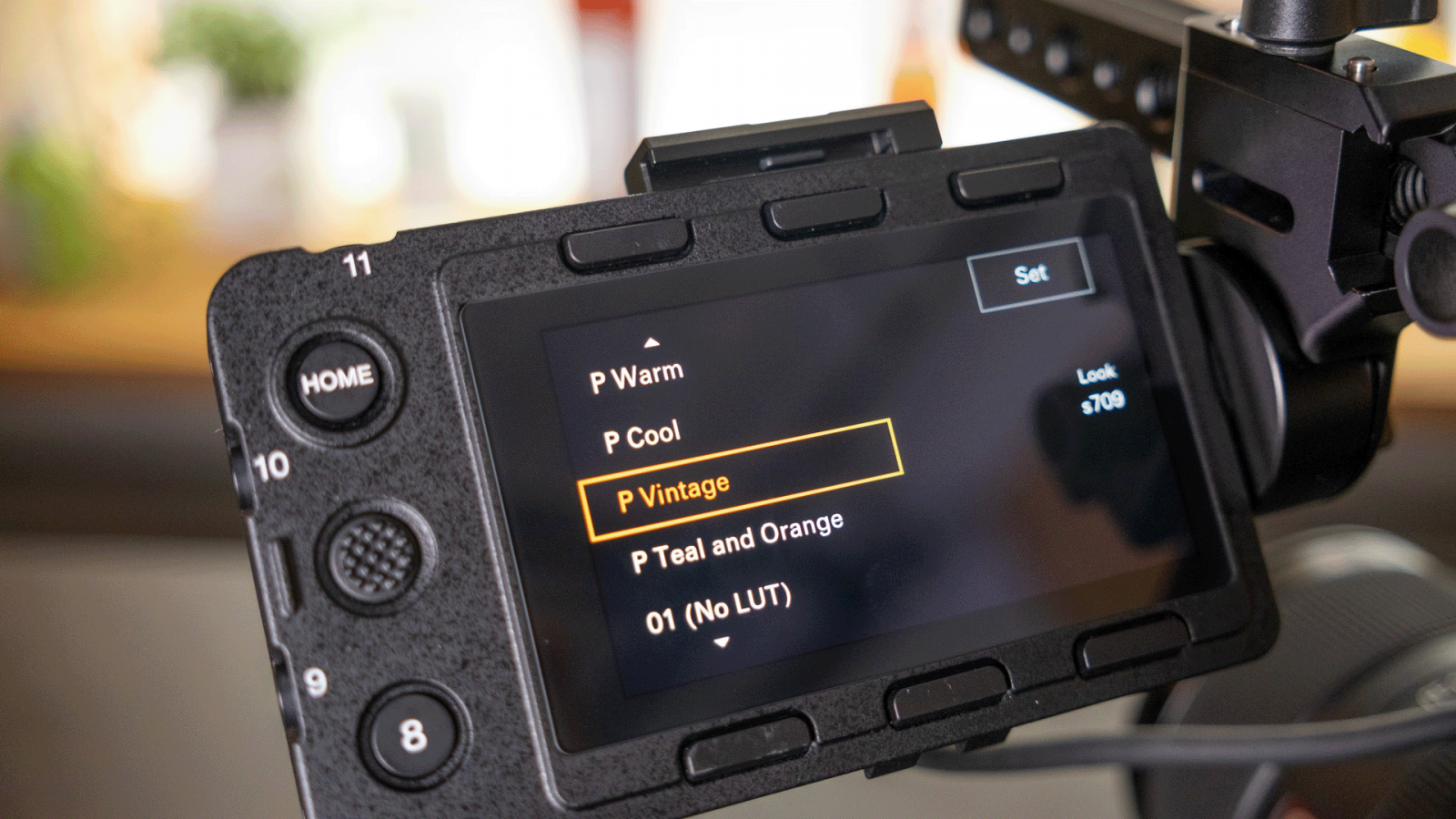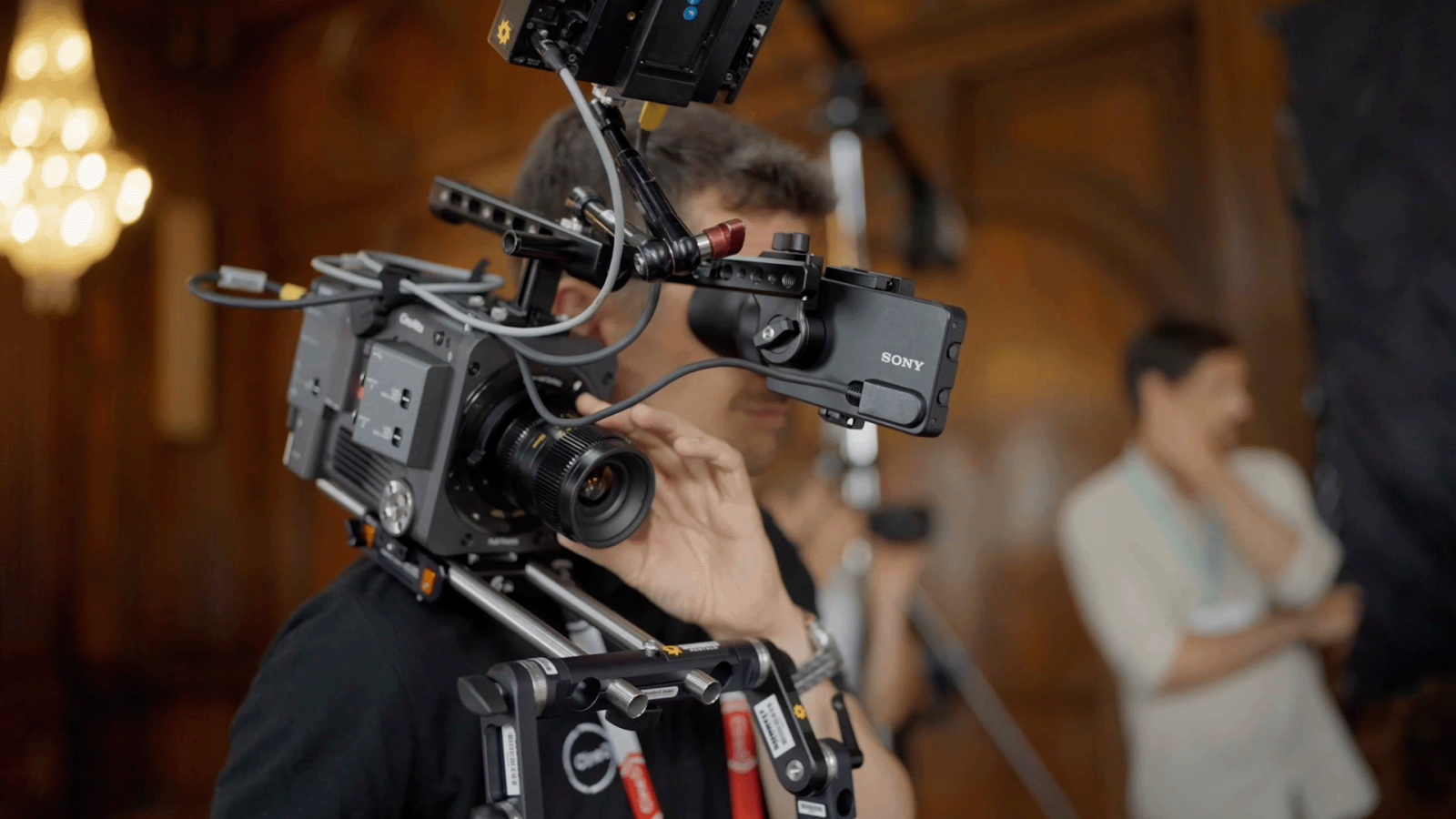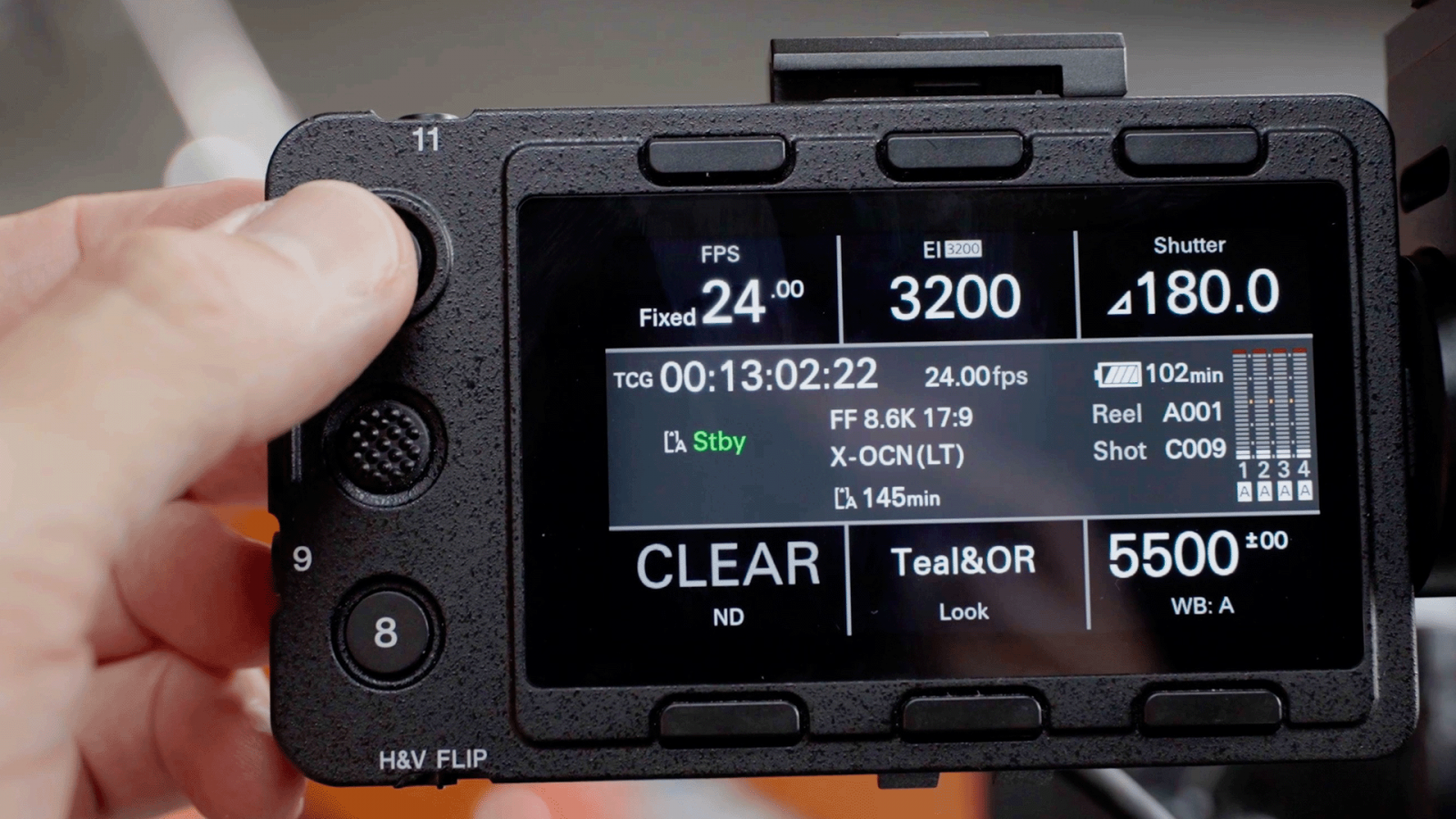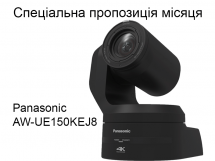| Українська | English | |||||||||||
|
|||||||||||
| News | About company | Service-centre | OB Van/SNG Rental | NextGen Energy Solutions | Contact us |
|
|
Engineering Service, Inc.
» News News Sony announced the BURANO, a new CineAlta Digital Cinema camera that sits below the VENICE 2 and above the FX9. Its features are quite impressive and propel Sony cameras to the next technical level: It’s the first PL-mount camera with built-in IBIS, and also the first camera that combines IBIS and built-in ND. Apart from that: 8.6K resolution, X-OCN LT RAW codec and the new XAVC H codec, autofocus, up to 4K120 (in S35 crop), and it records on CF Express Type B.
Sony BURANO – the world’s first PL-mount camera with built-in IBIS, and the world’s first camera combining IBIS and built-in ND Before we talk about any of the other technical details, let that sink in: This is the first PL mount camera in the world that has built-in in-body stabilization (IBIS). It’s remarkable because it means that handheld shooting is now much more feasible when using all kinds of cinema glass. In higher-end productions, this will make a big difference. Additionally, and equally revolutionary, is the combination of IBIS and built-in ND in a camera. This is something we have been asking Sony and others about for many years. The standard answer was that built-in NDs and IBIS cannot be combined. Sony clearly solved that problem in the BURANO, and it might be a sign of things to come with their smaller camera models in the future, which is very exciting. The variable ND is the same as we find in the FX6 and FX9 cameras ranging from 0.6 to 2.1, including the “auto ND” functionality, which dynamically adjusts the ND to changing lighting situations – one of the most convenient functions when shooting outdoors. Below the camera’s PL mount is Sony’s native E-Mount, similar to the setup on the VENICE 2. This enables the use of a wide variety of lenses with the BURANO, including native E-Mount lenses and EF lenses, and so on. The main difference to the VENICE 2 in this case is that the BURANO also supports autofocus on E-Mount (more on that further down below). 8.6K full-frame sensor, dual native ISO Like the higher-resolution version of the VENICE 2, the Sony BURANO has an 8.6K sensor with a dual native ISO of 800 and 3200. It’s likely the same sensor and it uses the same color science, and Sony says it shares “most” of the VENICE 2 specifications including a claimed 16 stops of latitude.
The Sony BURANO shoots 8K at up to 30 frames per second in full frame, 6K at up to 60 frames per second in full frame, and an S35 cropped 4K at up to 120 frames per second. There are some binning modes available that allow for lower-res recording at full frame readout but it was not immediately clear what modes those are. Autofocus functionality Unlike the VENICE cameras, the BURANO inherits the autofocus functionalities from the FX9 and FX6 cameras, which of course is a huge advantage for people working with small crews or even alone, like in documentary shoots, for example. Sony’s autofocus capabilities are incredibly good, featuring impressive face detection and eye tracking. They can be finely tuned to recognize and “remember” faces, and the speed of focus change can also be set. Of course, utilizing autofocus means you will have to shoot on native Sony E-Mount lenses with built-in AF servos. Some anamorphic de-squeeze modes, no 3:2 open-gate mode at launch While “most” of the specs of the sensor sound the same as on the VENICE 2, one downside is in BURANO’s ability to record anamorphic images. There are some de-squeeze functions built into the camera (with another ratio being added in a firmware update next summer), but what’s missing is a 3:2 open-gate mode that utilizes the full sensor. At the time of its launch, the BURANO will only support 17:9 or 16:9 coverage of its sensor – when asked if a full-sensor readout is on the roadmap, Daniel Listh said it “should” be technically possible, but that they are waiting for feedback from the market. I am convinced that this will be a number one request by cinematographers, so I hope they will add this feature soon. Codecs: X-OCN LT (16-bit) and the new XAVC H for 8K The Sony BURANO can record RAW video internally using Sony’s X-OCN LT codec, the “lite” version of the X-OCN codec that is also supported by the VENICE 2 and its predecessor. Compared to the normal X-OCN codec, X-OCN LT reduces file sizes by 30% while maintaining “most” of the quality – according to Daniel, a 1TB card would allow for around 1 hour and 20 minutes of 8.6K X-OCN LT recording. X-OCN LT delivers 16-bit files and uses a metadata workflow that allows you to adjust lots of metadata-based settings after shooting, for example, white balance or ISO in post, which is amazing. There’s also a new, more compressed codec being introduced with the BURANO: XAVC-H uses MPEG-H HEVC/H.265 high-efficiency compression for 8K recording and finally propels the XAVC family to higher-than-4K resolutions. The “6K” FX9 has never been able to record 6K because of the XAVC-I codec as its highest internal recording option that tops out at 4K, which certainly was one of the reasons why it was never elevated to “CineAlta” status in Sony’s pro camera lineup. CF Express Type B is the recording medium A breath of fresh air is also Sony’s choice to go with an industry standard as a recording medium: CF Express Type B is commonplace in cameras from Canon, FUJIFILM, Panasonic, and many others, and while Sony is late to the game, it’s great that they seem to have accepted that introducing proprietary card formats isn’t something people are looking for.
We don’t have that problem with CF Express Type B, where many reputable manufacturers make very fast memory cards. Sony also introduces their own CF Express Type B memory cards alongside the BURANO of course, and they will be 1920 GB and 960 GB large. Expect them to cost more than the equally fast options from the competition, as usual. Color science of the Sony BURANO As mentioned before, the BURANO sensor is built on what they made for the VENICE 2, so the color science is also the one from that camera, which means natively S-Gamut3 and S-Gamut.Cine, of course – color spaces that are exceeding BT.2020 and DCI-P3. No surprises here.
Yet in addition we get four new “cinematic looks” (preview LUTs) built into the camera which can be used in addition to the standard s709 and 709 preview LUTs: Warm, Cool, Vintage, Teal, and Orange. Small, lightweight, flexible, well-balanced Compared to the VENICE 2, the BURANO is very small – it’s 32mm shorter and weighs only 2.85kg, which is 1.4kg lighter than the VENICE 2. After using it throughout an afternoon in London’s Pinewood Studios, I can say that it’s a very comfortable camera to use – it’s well balanced on the shoulder with a V-mount attached, all the settings are on the operator’s side, and it’s also comfortable to use while holding it by the top handle with your hand in front of your body.
In a way, it’s a perfect mixture of the FX6 and FX9 handling – the FX6 really only works well held in front of your body (it has to be rigged up quite a bit to work well on the shoulder), and the FX9 really only works well on the shoulder (it’s too long for comfortable use in front of your body). The BURANO combines both of these approaches elegantly. The form factor actually reminds me more of a RED camera than a Sony. Monitor/viewfinder and optional handle Included in the package with the Sony BURANO is a 3.5-inch LCD monitor that works for touch focus as well, and it doubles as a viewfinder when attaching the included loupe. The loupe itself is a mirror design which makes it sleeker than the one we have on the FX9 (and FS7) because it can stay closer to the body of the camera. It’s easy to attach and seems to be a much sturdier design than on the FS7/FX9, but of course, one wonders if they also thought about touch operation when the loupe is attached – it has to be taken off entirely to use touch focus.
The LCD has buttons all around for quick access to functions, which is welcome, and means the touchscreen will not be needed for menu operation. The Sony BURANO will be available starting in spring 2024. « To the list of news |
|
|||||||||||||||||
 |
+38 (044) 593-18-20 +38 (073) 593-18-20 +38 (096) 532-96-82 +38 (095) 532-96-82 Service center Telegram @Engineer_Service |

|
|
|||||
 |
e-mail: engineer-service.tv 15 Vavylovykh str., Kiev, 04060, Ukraine Authorized service centre of Panasonic, Sony, JVC, Fujinon, Canon |
|||||||

